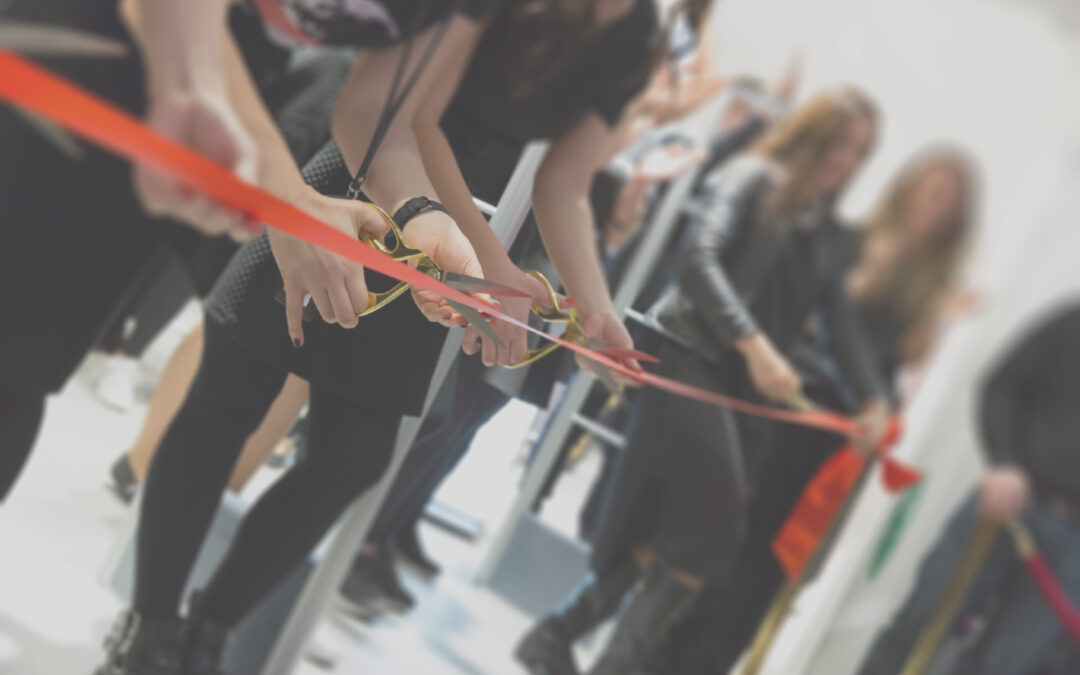Share your vision
This might seem obvious, but knowing the “Who, What, When, Where, Why” could not be more important to the start of a successful event. The “why” is especially important because, at the end of the day, if you do not know the purpose behind putting on the event, you are much less likely to be achieve your objectives.
Great events do not happen by themselves; it takes a strong army of vendors and partners to achieve the WOW factor. Provide your team with a clear shared vision, so they are empowered to help you elevate the overall experience and ultimately help you achieve your goals.
Invite key stakeholders
Before you even begin to plan the décor, food, or activities, identify which attendees are going to bring the highest return on investment for your event. The goal of most hotel grand openings is, ultimately, sales. Invite current clients and investors to renew existing relationships, but also use your event to win over potential clients by seizing this valuable face-to-face opportunity to talk business in a fun, casual setting. If these executives, meeting planners, and other decision makers have a positive experience at your hotel grand opening, they will become advocates of your brand and bring you business.
If there is a potential client that has not been responding to your hotel sales manager, making a lasting impression upon them at the grand opening can help secure them as a new long term client.
Highlight the hotel’s existing features
In many instances, event planners focus on completely transforming a space to create an immersive event experience that guests will remember. In the case of a hotel grand opening, you must find a fine balance between creating a unique brand experience, while simultaneously enhancing the hotel’s existing features without overshadowing them with décor, lighting, etc. The goal is to have guests walk away with a positive impression of the hotel itself; not just a great time at a cool event.
Organize tours of the hotel led by your most knowledgeable staff at various intervals during the event. Put your budget towards eye-catching signage or hotel map that will guide attendees to the areas you want to highlight, such as meeting rooms, guest rooms, fitness center, pool deck, etc.
Make your event’s décor and activities an extension of the hotel and its surroundings
The rentals, lighting, and décor that you do use should play up the hotel’s natural environment. Select linens, florals, and signage to match the color scheme of the hotel. If the hotel identifies with a particular theme or era, like art-deco for example, create an atmosphere that reflects that by incorporating modern lounge seating or 3D chalk art.
If you are struggling to find a theme for your event, why not incorporate elements that echo the hotel’s neighborhood? For a hotel opening in Burbank, pay homage to the city’s reputation as a global media/entertainment center through a Marilyn Monroe impersonator or a luxury car display.
Consider the time of year and the weather, too. If the pool deck is a point of interest that you want to highlight, pick a date in early summer and station the food outside to entice your guests in that direction. If your event is outdoors on a bright summer night, save money on lighting and projections that won’t be visible, and put your budget toward colorful signage, market umbrellas, and eye-catching floral arrangements.
Maximize the life span of your event
A lot of people may think that once the event ends, your chance to make an impression on your guests ends as well. On the contrary, the post-event follow up is a powerful tool in your arsenal to continue to foster your business relationships from the grand opening. Just when guests think the experience has ended, have valet surprise them with a bottle of coconut or sparkling water and a thank you note in their car.
Don’t forget about giveaways! For a hotel with an abundance of nature and plant décor, send guests home with a gift bag of lotion in bamboo packaging. It allows guests to take a piece of the hotel home with them and remember the positive experience that they had at your hotel.
Pictures from the event are a great way to enhance your digital follow up on potential leads and capitalize on your investment. Attach them in an email to remind your guests of your hotel and post them on social media to showcase your location to new potentials that may not have attended the grand opening. You can also show them in client meetings or in throwback social media posts to create buzz for your next hotel opening! Maintaining momentum from event to event is key to getting the biggest overall return on your investment.




Recent Comments